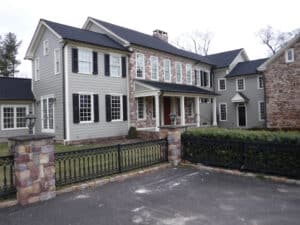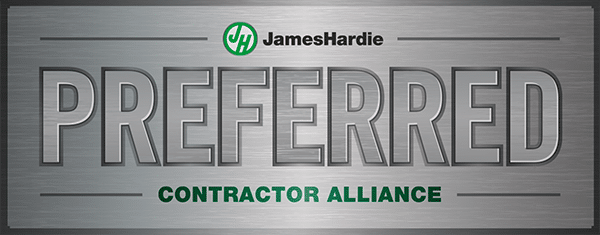When going through a big project such as residing your home, it can be tempting to take any shortcut you can to cut costs. One such shortcut is to apply your stucco without control joints. Many homeowners don’t know what control joints do, but they are actually a vital part of the stucco application process to help prevent cracking and reduce cracking over time. Here we discuss what stucco control joints do – and why skipping them is a bad idea.

Types of Control Joints
Stucco control joints can either be one piece or two piece, and are used to help prevent the thin stucco plaster from cracking over time.
One Piece Joints
One-piece control joints are used to handle the contraction of the mortar mix, as well as minor expansion and contraction of the stucco due to temperature and humidity changes. One piece joints can be shaped like a “V” or an “M”, and, due to their inability to move along more than one plane, are limited in the amount of movement that they can handle.
Two Piece Joints
Two-piece expansion joints offer the flexibility of being able to expand along multiple planes. Two-piece joints can handle more movement than one-piece joints.
What happens when you install stucco without control joints?
Without control joints, the stucco is unable to move, flex, or expand without cracking. This means that fluctuations in temperature, humidity, and even natural settling of the material over time, all pose a greater risk to the structural integrity of your stucco exterior than they would if you had control joints.
What do I do if I have Stucco without control joints?
Give us a call! The professionals at Ai Restoration are more than happy to take a look at your stucco and help you make the best decision to restore, refurbish, or remediate your stucco.













